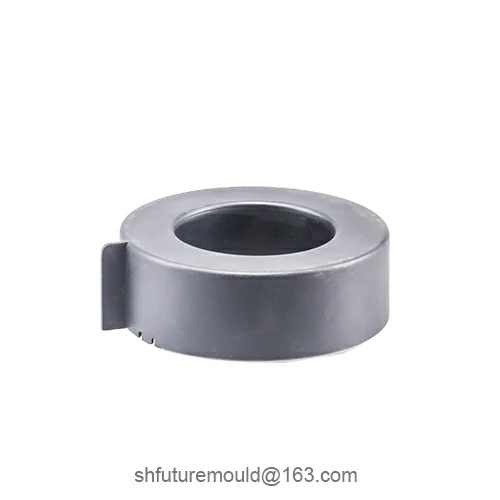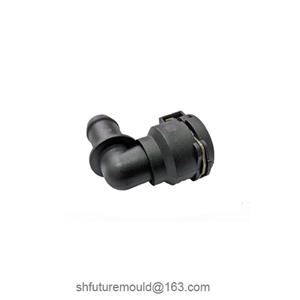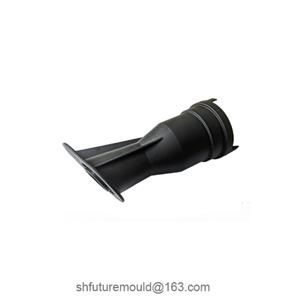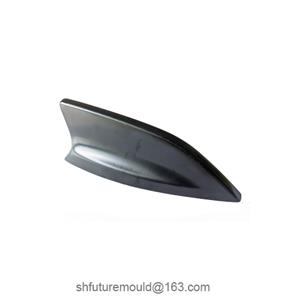Role of Dielectric Fluid in EDM for Mold Manufacturing
In Electrical Discharge Machining (EDM) for molds, the dielectric fluid serves not only as a "discharge medium" but also fulfills multiple critical functions: cooling, debris removal, gap stabilization, surface quality enhancement, and safety/environmental compliance.
1. Dielectric Insulation and Discharge Formation
Insulation Properties
It is a high-resistance barrier between the electrode and workpiece during non-discharge states, preventing short electrical circuits.
Dielectric Breakdown
When the voltage exceeds the fluid's dielectric strength, the fluid ionizes instantaneously, forming a plasma channel that generates localized high-temperature sparks (10,000–12,000°C), enabling material removal through melting and vaporization.
2. Cooling and Thermal Management
Rapid Heat Dissipation
Absorbs and removes intense heat from the discharge zone (peak temperatures: 8,000–12,000°C), preventing thermal deformation or metallurgical damage to the workpiece and electrode.
Thermal Stress Reduction
Uniform cooling minimizes thermal gradients, reducing residual stresses in the mold surface and subsurface layers, thereby ensuring dimensional stability.
3. Debris Removal and Gap Stability
Discharge Byproduct Evacuation
Flushes away molten slag, gas bubbles, and microscopic particles to prevent gap clogging, secondary discharges, or cavity blockages.
Consistent Discharge Gap
Maintains a stable inter-electrode distance (typically 10–50 μm), ensuring repeatable spark paths for precision machining and surface consistency.
4. Process Efficiency and Surface Integrity
Discharge Energy Optimization
Proper viscosity and ion concentration of the dielectric fluid modulate discharge frequency, pulse energy distribution, and material removal rates, balancing machining speed and surface roughness (Ra 0.1–3.2 μm).
Surface Quality Enhancement
Effective cooling and debris removal reduce micro-cracks, recast layers, and edge burrs, improving mold surface hardness (e.g., HRC 50–62) and service life.
5. Environmental and Safety Considerations
Fluid Types
Hydrocarbon-based oils: High flash points (>120°C), stable discharges, but slower cooling.
Synthetic oils: Low odor, biodegradability, and enhanced filtration compatibility.
Water-based fluids: Eco-friendly, rapid cooling, but require corrosion inhibitors for electrodes.
- Injection Mold
- Automotive Injection Mold
- Electronics & Electrical Injection Mold
- Consumer Goods Injection Mold
- Airplane Components Injection Mold
- Medical Components Injection Mold
- Irrigation Components Injection Mold
- Injection Molds




